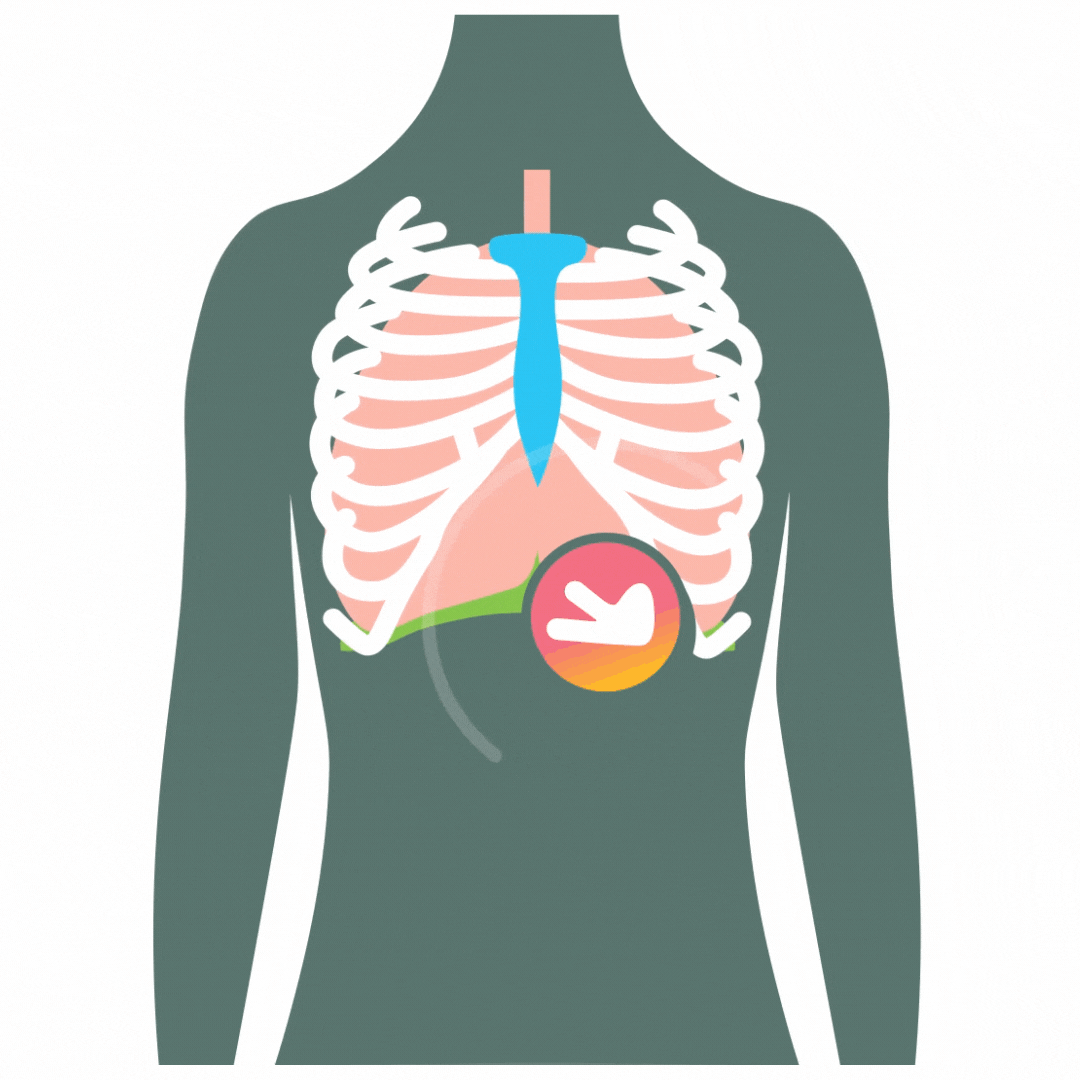Respiratory rate (RR) is an important vital sign, but difficult to measure. Even though it is often measured poorly (in one of our studies we found it was most often 18, 20, or 22 breaths per minute (bpm) and never 17, 19, or 21 bpm) it is still a powerful predictor of outcome and can improve patient safety. This may be because the RR is never counted at all, and is actually a surrogate “nurse worried score” in which a rate of 18 bpm is awarded to patients no one is concerned about, 20 bpm when there is a slight concern, and 22 bpm when there is a major concern? Despite the above, studies on manually recorded rates have shown they predict outcome earlier than changes in other vital signs and may be particularly useful in identifying deterioration in the acutely ill, respiratory failure, COPD, early sepsis, cancer patients, etc. There is, therefore, no doubt that a cheap convenient device that accurately measured RR would be extremely useful and is badly needed (Respiratory rate monitor).
Capnography is generally accepted as the gold standard measurement of respiratory rate, but this method has issues when patients talk or cough or if they have a nasal blockage and breath through their mouths. Several alternative techniques can be used, such as sinus arrhythmia and other variations in the ECG tracing, changes in impedance, variations in patterns detected by pulse oximetry, or directly from breath sounds or chest wall movements. Chest wall movements can be detected by external equipment such as radar located above the bed or movement sensors either under the bed or in its mattress. Alternatively, chest wall movement can be directly linked to the patient by wearable wireless devices ranging from a simple strain gauge around the chest to accelerometers or other motion sensors applied to the patient, or from.
What is the best use of technology to measure respiratory rate? Does it matter what the RR is if the patient is up walking around? After all, the respiratory rate of an Olympic runner will be abnormal for a patient at rest. Therefore, for this data to be meaningful studies are required to determine the normal changes in respiration associated with movement. It may well be that the patterns of breathing are more important than the actual rate. This would be especially true for a sleeping patient who might have a rate of 12 bpm, but a 30-second pause in breathing. This begs the question as to the optimal time period over which the rate and pattern of breathing should be assessed. The traditional one minute is clearly inappropriate for apnoea, but should it be over 5, 10, or 15 minutes? Even more important is determining if there any benefits to continuously streaming and analysing information so that any sudden change in the patient’s breathing pattern, such as might occur during a sudden pulmonary embolism, is immediately detected. Thereby improving patient safety. This type of continuous streaming of large amounts of data poses many technical challenges that include the battery life of a wearable sensor, the bandwidth of the wireless connection, and the computer signal processing power.
Respirations are under both conscious and unconscious control and influenced by speech, emotion, pain, and exercise. However, even in highly trained individuals, the breath can only be held voluntarily for so long. Over time the body will eventually automatically optimally balance the work of breathing against the need to inhale oxygen and exhale carbon dioxide. The work of breathing is determined by how stiff or compliant the lungs are and how well they ventilate and diffuse gases – all of which are influenced by a variety of respiratory and other illnesses. I would be very surprised if many of these illnesses did not have characteristic patterns of breathing that will eventually be identified by advanced monitors, which would greatly increase our ability to detect and treat them and reduce preventable mortality and morbidity.
